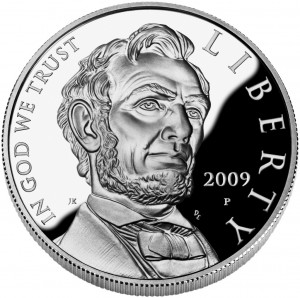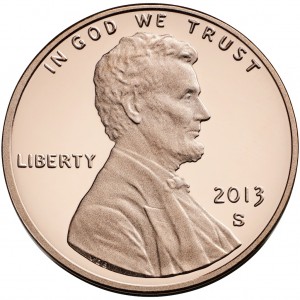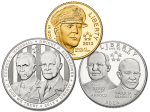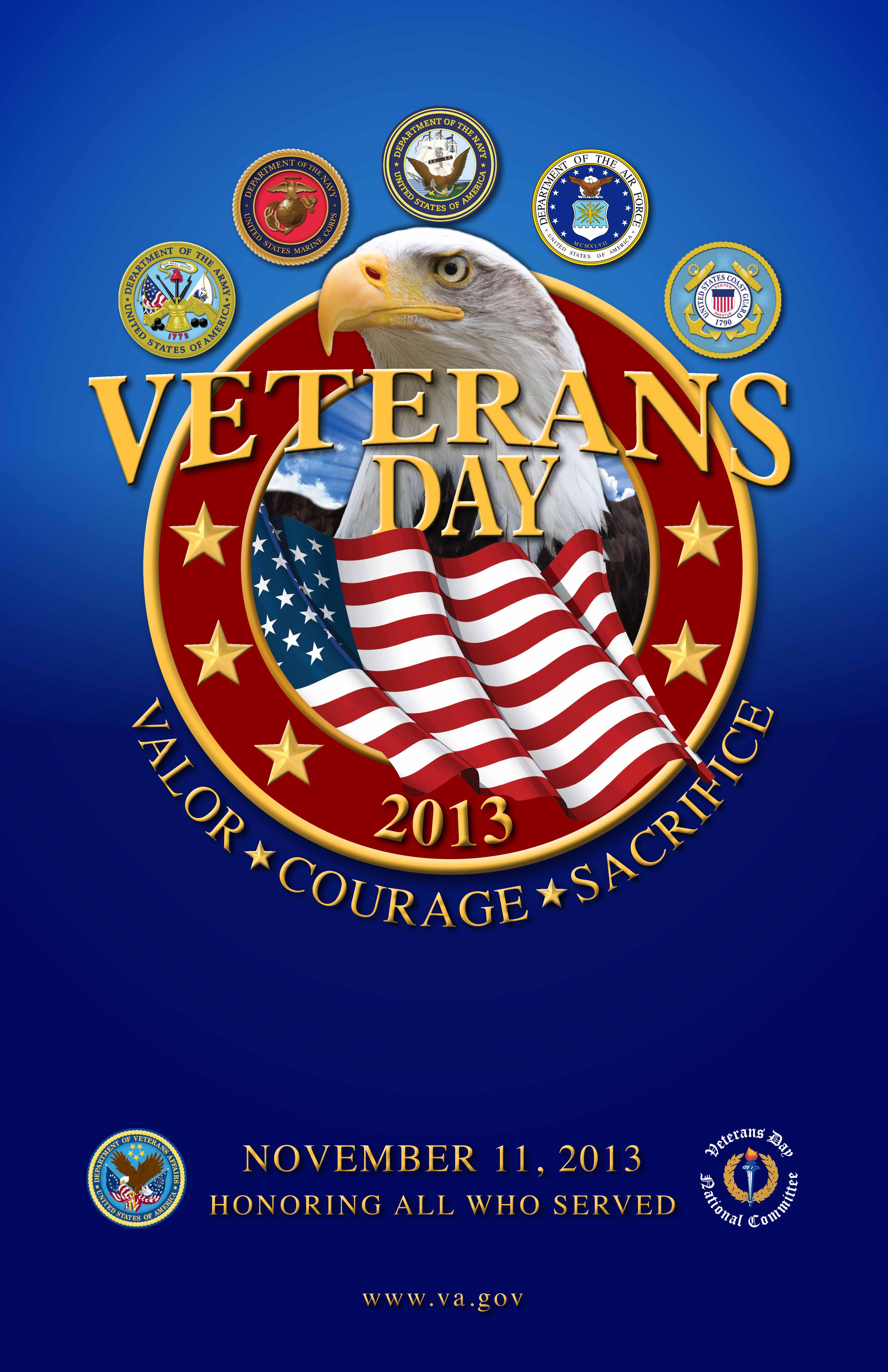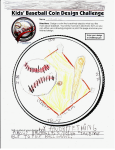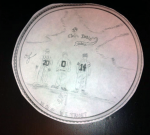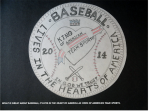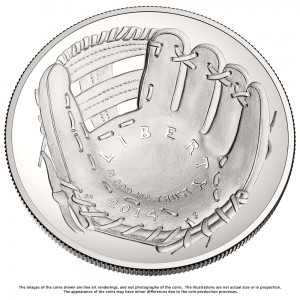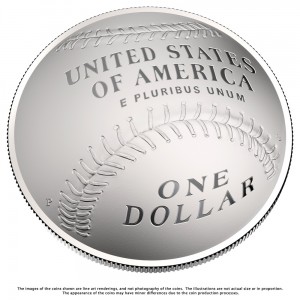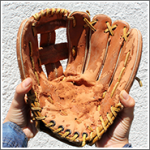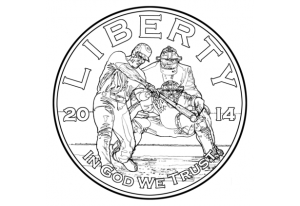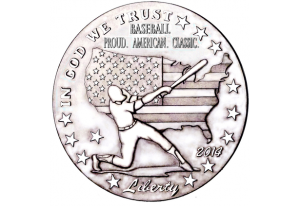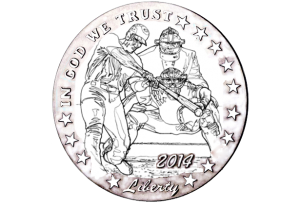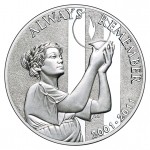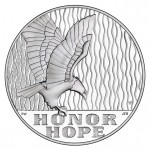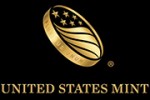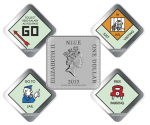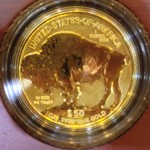Want to propose a commem? Be prepared to make sausage
As a comment on my post about the selection design for my 2014 Baseball Hall of Fame Commemorative coin a reader commented with a simple question: Can you offer a suggestion as to who I can approach to offer an idea for a commemorative dollar?
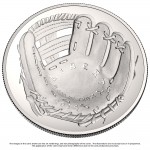
National Baseball Hall of Fame Commemorative was introduced by Rep. Richard Hanna (R-NY) whose district includes Cooperstown, NY
While I cannot fix the fractious nature of congress, I can offer suggestions as to how to get a commemorative coin recognized as a good idea.
As you read this post, let me remind you that former German Chancellor Otto von Bismarck once said, “Laws are like sausages, it is better not to see them being made.” What follows is a look into what it takes to make the sausage in order to propose a commemorative coin and have it become law.
First, rather than starting with congress talk with organizations in the area of interest. After all, commemorative coin programs are fundraising vehicles for the organizations. It helps congress know who will receive the money. In this case, my correspondent wants to see a commemorative coin to be issued in 2017 commemorate the 50th anniversary of the first ever heart transplant.
“My hope is to get more people aware of the need of people to sign up for the donor list to make more organs available,” my correspondent writes. “A donor sign up card could be included with each order. Proceeds could fund awareness program….”
The problem is that this is a good and noble idea but the first question a congress person would ask is what organization would receive the money? Unfortunately, congress is not into creative thinking and would like to know who could receive the money, how the money would be used, and what guarantees that the money earned from the commemorative program would be used for its intended purposes.
Do not expect the representative to do all of the work. In fact, do not expect the congress person to do much of the work until the bill is written and submitted. Even though congress will be in session fewer hours this year than in recent recorded memory, the members will tell you they are too busy to work on this issue. The nature of modern politics is that unless you are going to cut them, the party, their political action committee, or one of their other campaign committees a check, your chance for success is diminished.
However, you can cut through the fog of politics by working with a credible non-profit organization—or a coalition of non-profit organizations—with your interest.
If I wanted to propose a commemorative coin program to honor the first ever heart transplant that would be used to raise money and awareness, I might first talk with the American Heart Association. I would either try to talk with whomever is involved with their legislative affairs office (maybe out of their Greater Washington, DC-area office) or try to contact CEO Nancy Brown and other members of the AHA Board to pitch the idea.When contacting these people, I would have an elevator-speech ready. An elevator speech is one that pitches your idea in the time it would take to ride an elevator. In other words, keep it short and to the point. Make sure your pitch includes something compelling to want them ask for more information and make sure you anticipate any questions.
The nice part about partnering with the AHA is that they are very experienced with legislative affairs. I have no doubt that they either have a full-time lobbyist on staff or have hired a lobbying firm to represent their interests before congress. This is one area where you do not have to answer questions. However you should know a little about commemorative coin bills that congress has considered. These issues are as follows:
Since most commemorative coin bills are additions to the law, they are usually added to Title 31, Section 5112 of the United States Code (31 U.S.C. § 5112). Many times, the bill does not mention where the new law will be inserted when it is introduced. It will be corrected before passage.
If you want to provide the member of congress with the text of a bill, which many times is helpful, you may want to use something that has already been introduced as an example to write your own text. Two good examples are as follows:
- H.R. 2932: United States Coast Guard Commemorative Coin Act
https://www.govtrack.us/congress/bills/113/hr2932 - H.R. 2760: Panama Canal and Pan-Pacific Exhibition Centennial Celebration Act
https://www.govtrack.us/congress/bills/113/hr2760
When visiting the website, look on the right side in the lower half for the link marked “Read Bill Text.”
Both bills specify gold, silver, and clad coins. Your proposal does not have to include all three. In fact, to raise awareness, you might want to consider just a silver dollar and a clad half-dollar.
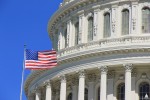
Too bad there’s so much dysfunction in such a beautiful building.
Once you convince a member of congress to submit the bill and get the member’s support, a professional legislative affairs person would know how to convince other members to sign up as co-sponsors. While having a lot of co-sponsors does not guarantee success, it helps with the bill’s awareness and make it more attractive to pass.
There are other political maneuvers that can be used to have the bill passed, such as convincing a member to bring up the bill under a procedure called “suspension of the rules.” In the House of Representatives, a bill brought to a floor vote under the suspension of the rules are usually non-controversial measures that have no objections—or no objections that would be voiced on the floor. The bill would then pass by unanimous consent or a voice vote.
The procedure is similar in the Senate.
Once the bill passes one chamber, it is sent to the other for it to work on passage.
Since commemorative coin bills are considered “money bills” and the constitution requires all money bills to begin in the House of Representatives, it is likely better for the bill to be submitted to the House first. A companion bill may be submitted to the Senate with the same wording but it is not necessary. The only reason to submit a bill like this in the Senate first is when there is no support in the House and you hope to gain support before the session ends on January 2, 2015.While the bill is in congress it does not mean you have to sit on your hands and wait. One of the best things you can do is to tell your friends, relatives, and anyone else who will listen to call or email their representative to support the bill. If they are not a co-sponsor, tell their staff that they member should be and why. If they are a co-sponsor, thank them for their support and ask if they could get other members signed on as co-sponsors. If you can find people whose representatives are a member of the House Financial Services Committee or the Senate Banking Committee, then they should modify their support by saying to please help get the bill passed through the committee.
If the bill is passed and sent to the other chamber, the work starts again. If the bill is in the Senate, you have to remember it is not called the ’world’s most deliberative body” for nothing. Unless there is an impending disaster or something politically charged, a bill in the Senate would lose a race with the tortoise and a glacier!But that does not mean to stop your efforts. Citizen lobbying efforts in the Senate are doubled because each state has two senators. Make sure you and your supporters contact both of your senators. Remember, it is your right as a citizen to meet with your representatives and this includes senators. You can make an appointment to let your senators know how your feel. If your senator is a member of the Senate Banking Committee, then they should be asked to help move the bill out of committee and to the floor for a vote.
The work is not done until the bill is passed or congress is adjourned for the last time on January 2, 2015. Bills not acted upon when congress adjourns for the last time in the session will be considered to have “died in committee.” If the bill dies in committee, you can do this all over again and try to convince a member of congress to submit the bill in the 114th congress that would open its session at noon on January 3, 2015.
If the bill passes both chambers it is likely it will be signed by the president. As far as I know there has never been a commemorative coin bill to have been vetoed by any president.
Although there are a lot of good ideas, many of them are not properly introduced to congress. The few that do make it do not receive enough support to move beyond introduction. Even fewer are passed by one chamber and not both. Those that make it past congress to the president’s desk had some effort behind them besides being just a good idea. After all, with only two commemorative coin programs allowed per year, congress has to be convinced to believe your commemorative idea is better than another for that same year.
Sausage anyone?
Images of congress and the capitol courtesy of the Architect of the Capitol.
Image from School House Rock’s “I’m Just a Bill” can be found all over the interwebs.



